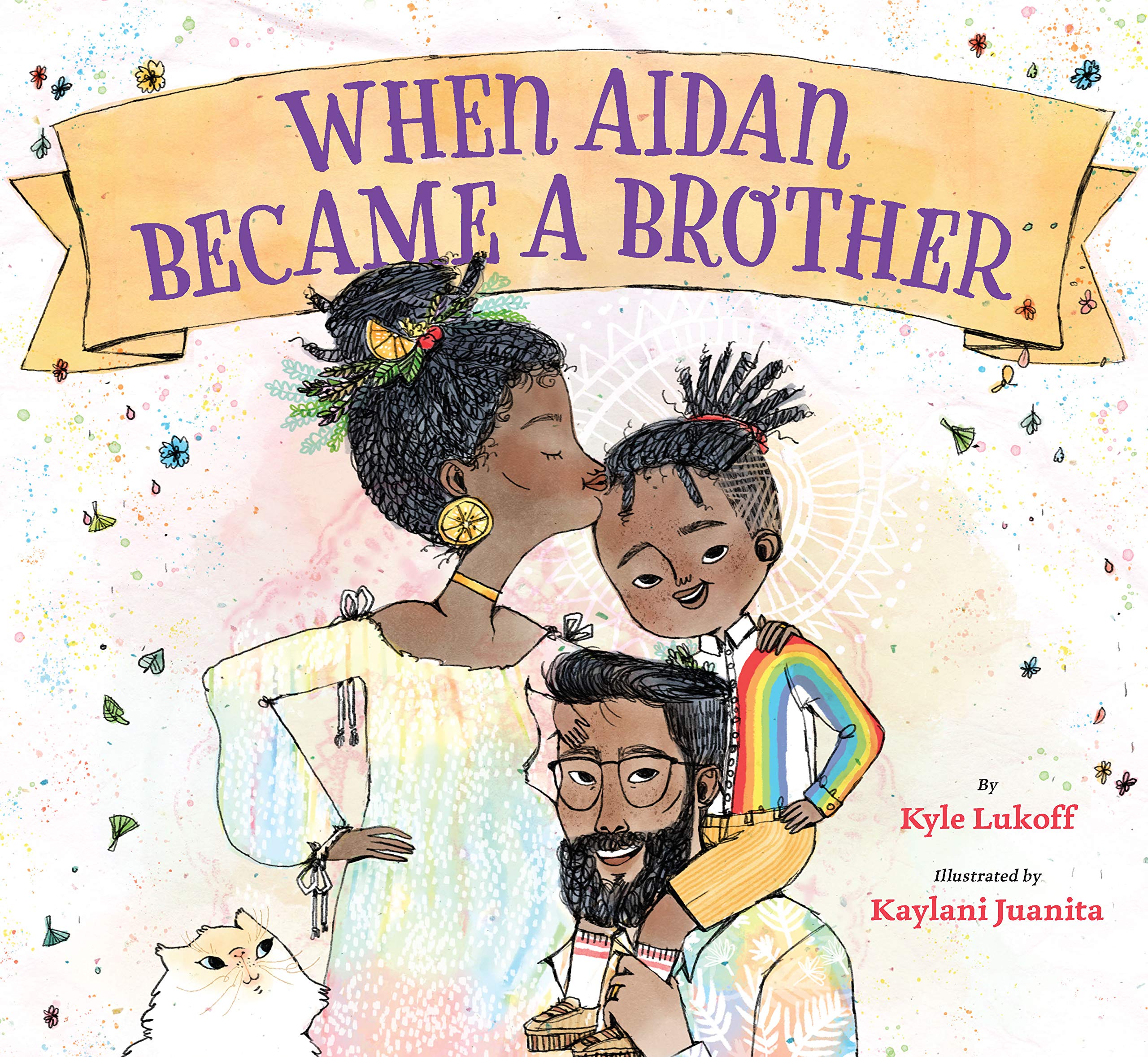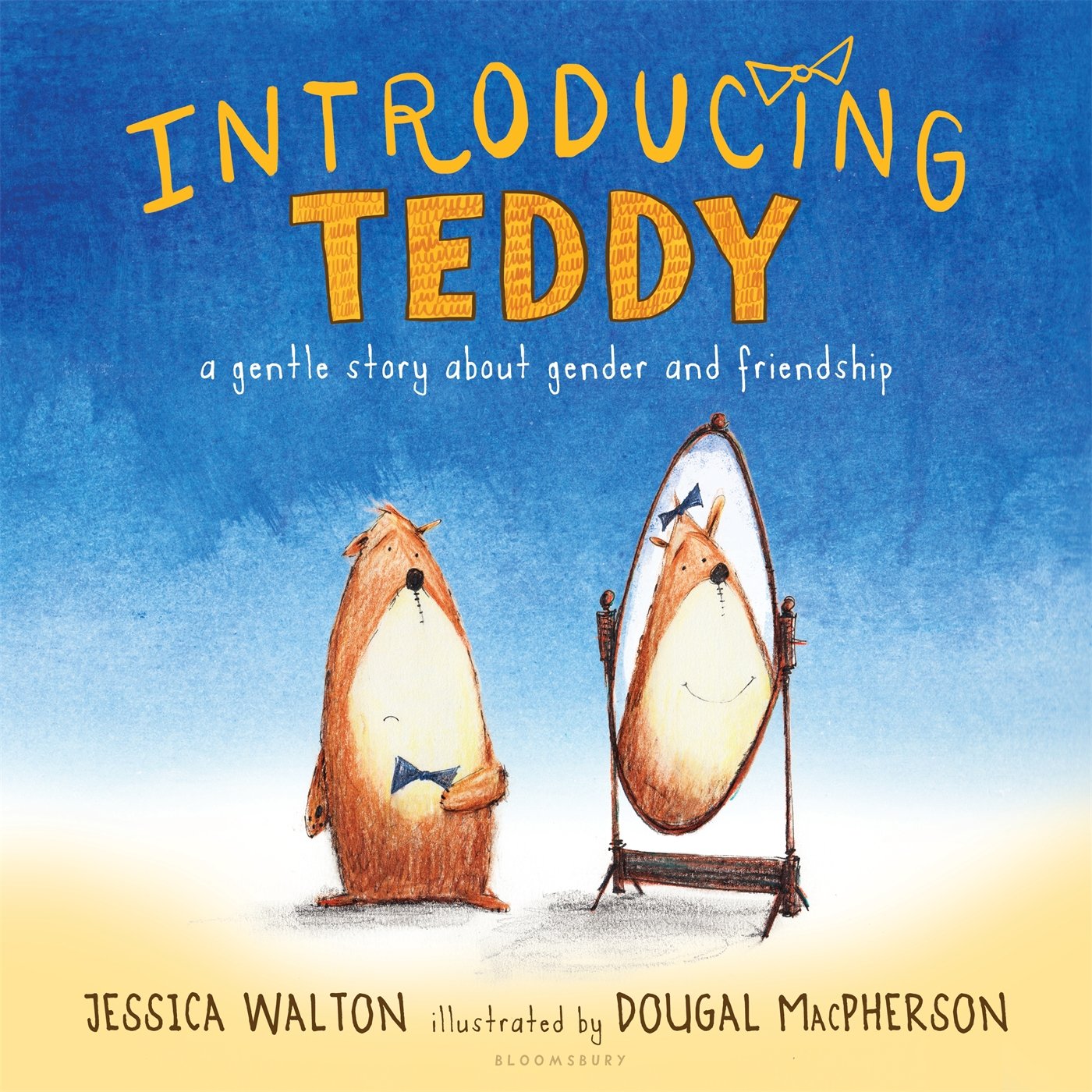Teaching Students about Pronouns and Gender
Names of students and teachers in this blog post have been changed.
Verbiage has been edited to include transgender as an adjective, not a verb.
The last #queer_educhat that I hosted, “Having Discussions about Gender and Sexuality in Classrooms” focused on what we can do as teachers to create a more inclusive and equitable space for all students. We also explored some common misconceptions about teaching gender and sexuality, such as gender =/= anatomy and sexuality =/= the verb sex. For younger students, especially the students in my classroom, it’s an honest conversation about identity and self expression.
To dig deeper, teachers should also include a real conversation about pronouns. For many cishet teachers, this is probably something that doesn’t cross their mind. But for some non binary teachers like myself, pronouns are really important. Using the right pronouns brings me comfort, joy, and visibility. On the other hand, using the wrong ones can make me feel unsafe and physically uncomfortable. Using the wrong pronouns is called misgendering. It doesn’t just include pronouns; it also encompasses using terms like “guys”, “dude”, and other gender specific words.
You may have noticed how I worded the last sentence to imply the possibility of misgendering. For me, there are exceptions to this. For instance, in Thai there are no formal gendered pronouns. Everyone is referred to using the same word that more or less directly translates to “they”, because a person’s gender is either implied or simply unimportant in the conversation. When my Thai colleagues misgender me in English, it holds less weight as I know in Thai it’s not an important linguistic factor.
It also doesn’t bother me when my students misgender me. We’ve been having an ongoing conversation about gender and pronoun use, and I know children have likely lived their lives thus far without having this conversation. With children, I see it more as a shift in habits.
Having conversations about pronouns
I’m grateful to be in a teaching context where I feel safe to have these conversations with students. So, Day 1 of school, we had a frank conversation about pronouns and gender. We go into the grammar of it first, pulling from the kids’ background knowledge of how pronouns and verbs work. News flash: ‘they’ can be plural or singular. This has been practiced for centuries, yet it goes against what most of us have learned in school. Still, it remains a fact that it’s singular and plural.
Next we dig into the why, and I draw from my own experiences of being non binary. I share how these identifiers never really felt comfortable for me, and that I use they/them/theirs instead of he/him/his. We came up with a few simple examples: “That jacket belongs to them”, “They have a dog named Boomer”, “They teach grade 1B”. We don’t dig into it much further – I wanted to only share the basics and explicitly practice. However, as the year continues, I continue to model my pronoun use in examples like math word problems and other stories. I also gently correct students if they use my incorrect pronouns.
At this point of the year, my students are comfortable writing “math statements” when they complete word problems. For example, if the problem is “Mr. Garcia had some apples. They bought 10 more. Now they have 35 apples. How many did they have in the beginning?” my students will write, “They had 35 apples.” using my correct pronouns in writing. It’s taken a lot of practice, but the kids are getting the hang of it. It brought tears to my eyes experiencing my identity reflected in everyday classroom activities.
Storytelling
After our initial discussion on pronouns, I embed read alouds throughout the week to continue the discussion about pronouns and gender. The first book I read is “from the stars in the sky to the fish in the sea” by Kai Cheng Thom and Wai-yant Li. This story features a nonbinary character named Miu Lan who uses they/them pronouns and presents themself in an infinite amount of ways. We make connections to my own pronoun use and, when referring to them in the story, we can practice using their pronouns. These ideas are still pretty fresh in the kids’ heads from our initial conversation, so it’s a great time to reinforce pronoun usage.
The next book I read is “Introducing Teddy” by Jessica Walton. It’s about a teddy bear named Thomas who discovers she is transgender and changes her name to Tilly, thus shifting pronoun use ¼ way through the story. Errol, Tilly’s friend, listens to Tilly reassure her that he loves and accepts her as she is. This book brings up a great discussion about allyship, especially since in one instance a 3rd friend is introduced and Errol takes the emotional burden off of Tilly and answers their friends’ questions about Tilly’s new name and experiences.
“When Aidan Became a Brother” by Kyle Lukoff and Kaylani Juanita is a story about Aidan, a transgender kid who is excited about his mother’s pregnancy. This book challenges conventional stereotypes around infants such as “baby names”, gendered colors, and gender reveal parties. What I really loved about this story is how Aidan is worried about making his new baby sibling feel comfortable, repeating the same mistakes he experienced. His parents reassured Aidan, explaining that they’ll surely make mistakes along the way. However, if and when they do, they’ll learn and fix them.
Another book that I have (but I have yet to read) is Worm Loves Worm by J. J Austrian illustrated by Michael Curado. This book is about two worms who fall in love and decide to get married. Their friends try to pressure them to fit specific gendered norms i.e brides, grooms, dresses, and tuxedos. Worm and Worm don’t care; they just want to get married and celebrate with their friends. Not only is it a great conversation starter about norms, but also how society pressures us into being a certain way when we’re happier to just be ourselves. Kids can talk about allyship and what they would do to support Worm and Worm in their journey.

“When Aidan Became a Brother” by Kyle Lukoff and Kaylani Juanita

“Introducing Teddy” by Jessica Walton and Dougal MacPherson
Challenging Stereotypes
In my experience, classroom conflicts amongst students that involve stereotypes and microaggressions are ignored. Or, if teachers do respond, it’ll be with comments like “We don’t say things like that.” or “Be kind to each other.” I question how much students learn with general comments like these. It would be much more effective to challenge these interactions head on. Working with six year olds, many comments that I hear revolve around physical appearance and gender stereotypes. “Boys like ___ and girls like ___.” or specific comments about someone’s hair and clothing.
For instance, I read a story about Wilma Rudolph, an three time gold medalist sprinter. In one picture of the story, Wilma was shown standing on a platform accepting her medal with two other competitors. All of them had short hair. A student made a comment that led to a conversation:
“They’re boys because they have short hair.”
Instead of ignoring this or snubbing the student off, I asked questions.
“What makes you think that?”
I need to be careful with my tone. Asking questions like this in a certain way could make the student backtrack or feel like they’re getting reprimanded. I wanted to genuinely learn more about why he thought this.
“Only boys have short hair.”
So I asked another question.
“Do all boys have short hair?”
The student sat there for a second and thought about it.
“No. Some boys have short hair and long hair.”
By asking questions in a non confrontational way, it got the student (again a SIX YEAR OLD) to think through his biases and rationalize his thought process.
“This is true. You know Ms. Nelson in 4th grade? She has short hair, right?”.
All of the students nodded approvingly.
“And Theo in our class had longer hair at the beginning of the year.”
Theo then decides to chime in.
“Yeah! My brother still has long hair. I wanted to cut mine.”
The kids then shared how people they’ve met had different types of hair, how hairstyle can change, and how expressing ourselves through how we look can make us feel good.
Before moving on with the story, I concluded the conversation:
“People can have different kinds of hair. It’s really up to them to decide how they look, so it’s important not to make assumptions.”
Engaging the class in open ended questions led to a non judgmental, productive discussion about gender presentation. The kids were also able to draw up their own conclusions based off of their observations, and students with lived experiences (like Theo with his long hair) shared their stories.
Children internalize loads of stereotypes earlier on than one would think. At the same time, this age is the perfect time to challenge these stereotypes, because children are still learning about the world around them. So, below are some sentence stems that I use that can help teachers engage in open ended, meaningful conversations with their students when these topics come up.
I developed sentence starters as a tool for teachers to use to have these types of open ended conversations with their students. I presented this at TESOL International during a panel talk. Feel free to use/adapt it in your own context!
———-
While these conversations may seem intimidating, they’re a necessary component to teaching in our classrooms. Feeling comfortable and confident enough to engage in these discussions required a lot of internal reflection on my own biases. The work is never done; it’s an ongoing process that I will continue throughout my teaching career.
My question for readers is, what will you do to start having these conversations if you haven’t already? What could you do differently in your classroom to create a space for these discussions to happen? How could you go about challenging biases?

